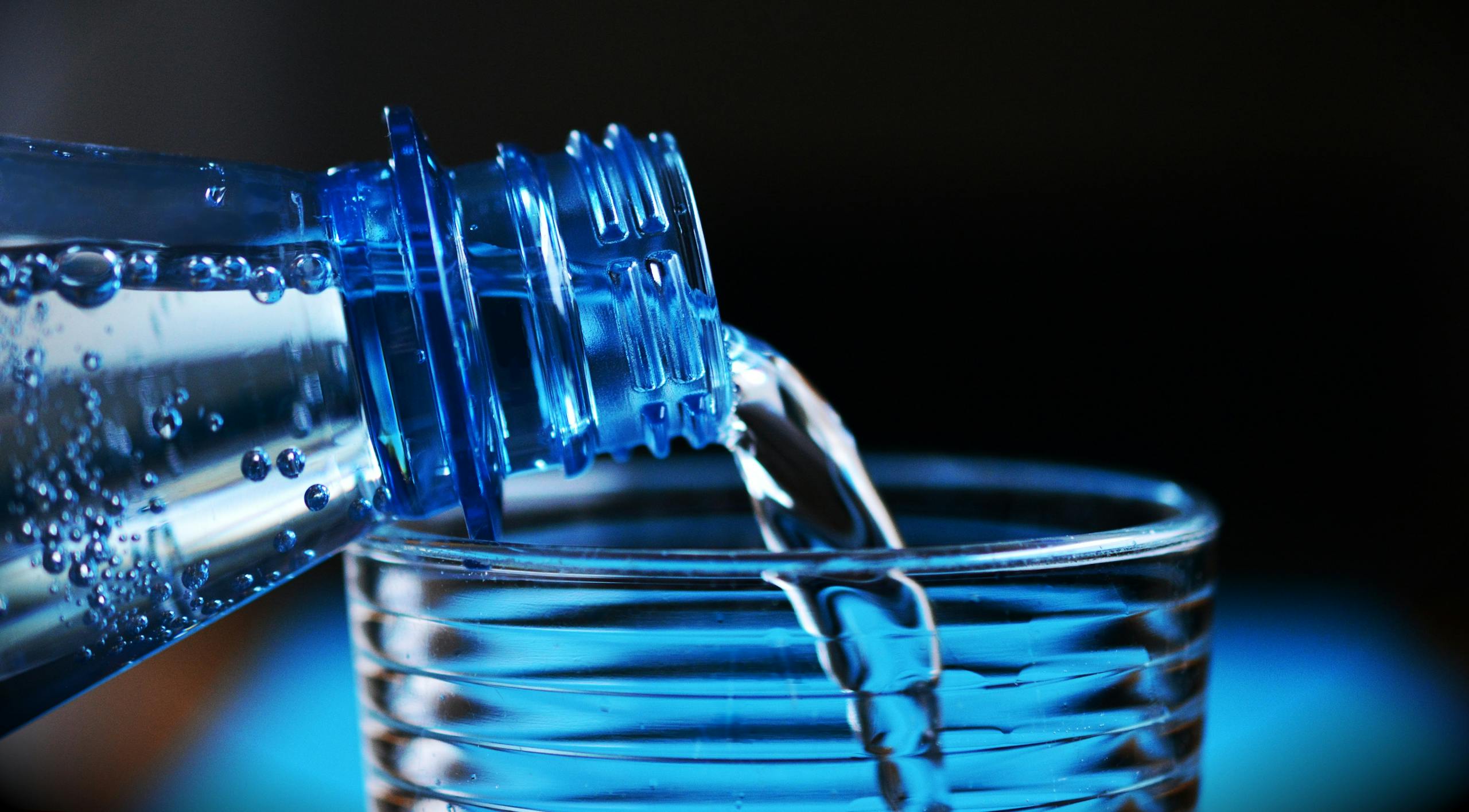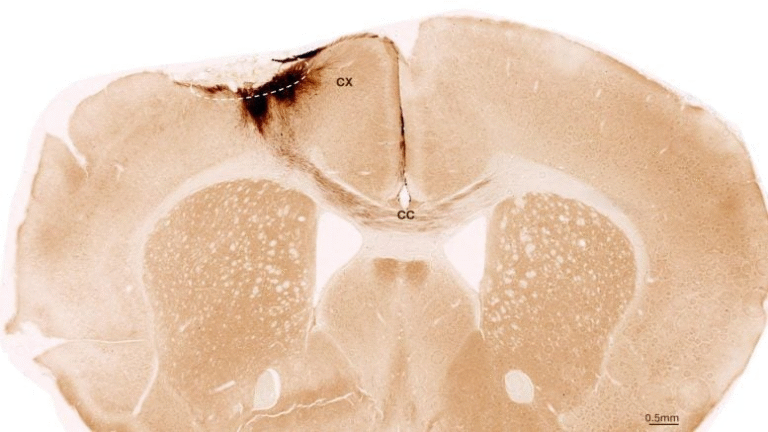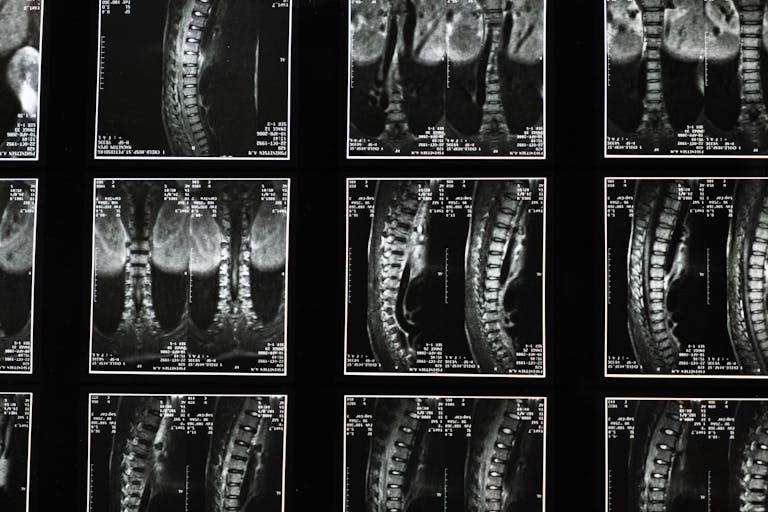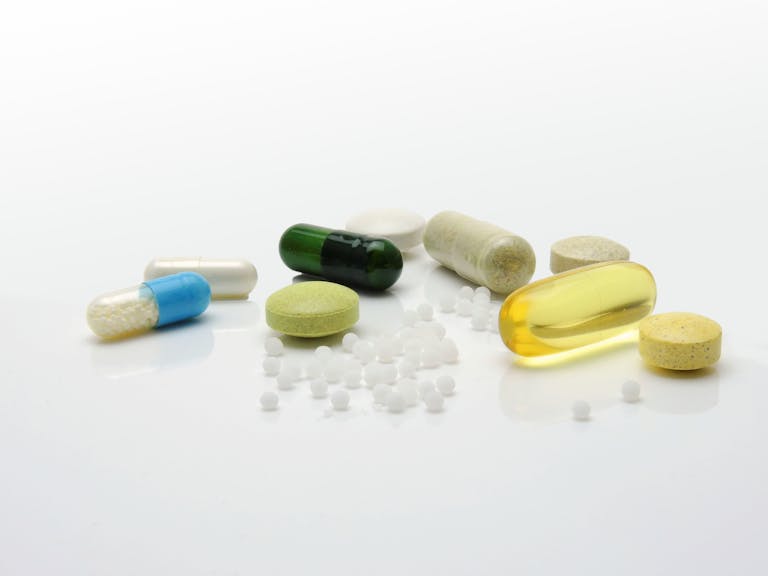Bottled Water and Hidden Health Risks: What Scientists Are Warning About

Single-use plastic water bottles are everywhere—on beaches, in cars, at the gym, and even at our desks. But new research highlights that the convenience of bottled water may come with serious, long-term health risks that are only beginning to be understood. A recently published review in the Journal of Hazardous Materials raises concerns about the microplastics and nanoplastics shed from these bottles, and how they may be affecting our bodies in ways that scientists are only starting to uncover.
This article will break down the study’s findings in detail, explain how these plastics enter the body, look at what health effects are being studied, and provide additional context from related research.
The Core Findings of the Study
The research team, led by Sarah Sajedi at Concordia University, analyzed over 140 scientific papers on microplastics and nanoplastics from single-use plastic water bottles. Here are the key takeaways:
- The average person ingests 39,000 to 52,000 microplastic particles per year from food and beverages.
- People who rely heavily on bottled water ingest an additional 90,000 microplastic particles annually compared to those who mostly drink tap water.
- Microplastics are defined as being between 1 micron (0.001 mm) and 5 mm, while nanoplastics are smaller than 1 micron. These are invisible to the naked eye.
- The particles are shed during every stage of a plastic bottle’s life cycle—manufacturing, storage, transport, handling, and gradual breakdown from exposure to heat, sunlight, and mechanical stress.
- Unlike plastics that enter the human body through the food chain (like eating fish that consumed plastics), these particles come directly from the container into the water we drink.
The review emphasizes that the health effects of such exposure are serious but understudied.
How Microplastics and Nanoplastics Affect the Human Body
Once inside the body, these particles don’t necessarily stay confined to the digestive system. Research shows they can:
- Pass through biological barriers, including the intestinal wall.
- Enter the bloodstream and travel to vital organs.
- Potentially reach the liver, kidneys, lungs, and even the brain.
The review suggests that this exposure may contribute to:
- Chronic inflammation
- Oxidative stress at the cellular level
- Hormone disruption
- Reproductive health problems
- Neurological issues
- Increased cancer risk
At this stage, scientists are not saying that bottled water directly causes these conditions. The concern is that microplastics and nanoplastics may play a role in aggravating them over long periods of exposure, especially since they are so difficult for the body to eliminate.
Why Detecting Plastics Is So Difficult
A major challenge in this field of research is measurement. Current methods have strengths and weaknesses:
- Some detection techniques can see extremely tiny particles but can’t identify their chemical makeup.
- Others can identify the type of plastic but may miss the smallest nanoplastics.
- The most advanced and reliable tools are often extremely expensive and not widely accessible to researchers.
This lack of standardization makes it hard to compare results across studies. It also means the true scale of exposure may be much larger than what current studies report, since many nanoplastics likely go undetected.
Education and Prevention
One of the study’s strongest recommendations is public education. The researchers stress that drinking bottled water should be considered fine in emergencies—like when tap water is unavailable or unsafe—but not as a daily habit.
Governments have made efforts to limit plastic waste, but most policies target plastic bags, straws, and packaging, not water bottles. According to the authors, this is a major blind spot in policy-making, given how widespread bottled water consumption is worldwide.
The researchers describe the danger not as acute toxicity (immediate poisoning) but rather chronic toxicity—slow, long-term exposure that builds up risks over time.
The Bigger Picture: Microplastics in Daily Life
This issue isn’t limited to bottled water. Microplastics are increasingly being detected in:
- Air: Tiny particles are suspended in the atmosphere and inhaled.
- Food: Seafood, salt, honey, sugar, and even vegetables have been found to contain microplastics.
- Household dust: Synthetic fibers from carpets, furniture, and clothing contribute to microplastic exposure indoors.
One alarming study estimated that a person may be ingesting the equivalent of a credit card’s worth of plastic every week from combined sources.
Extra Insights on Microplastics and Health
To give a broader understanding, here are some key points from other scientific findings:
Microplastics in Bottled Water Studies
- A Columbia University and Rutgers University study in 2024 found that a liter of bottled water contained on average 240,000 nanoplastic particles. That number is 10–100 times higher than earlier estimates.
- These particles are so small that they can interact with cells in ways larger plastics cannot, potentially disrupting biological processes more directly.
Health Effects from Animal Studies
- Lab studies on animals show microplastics can accumulate in organs, disrupt immune responses, and even affect reproduction.
- While human studies are limited, these animal experiments raise red flags for possible long-term consequences in people.
How Plastics Enter the Water
Plastic bottles are often made from polyethylene terephthalate (PET). Over time, with repeated handling, exposure to heat, or long storage, PET bottles degrade and release fragments. Leaving a bottle in a hot car, for example, accelerates this process dramatically.
What You Can Do to Reduce Exposure
Here are some practical steps individuals can take to reduce microplastic exposure from bottled water:
- Use stainless steel or glass bottles instead of single-use plastic ones.
- Avoid leaving plastic bottles in cars or under sunlight, where heat accelerates plastic breakdown.
- Store bottled water in cool, dark conditions if you must buy it.
- Prefer filtered tap water in reusable containers for daily use.
Policy and Research Needs
The review makes it clear that the science is still developing. Future steps should include:
- Better detection methods to measure both micro- and nanoplastics.
- Standardization of testing protocols so results can be compared across studies.
- Long-term human studies to evaluate health outcomes from chronic exposure.
- Policy attention on bottled water specifically, since it represents a direct and avoidable source of exposure.
Why This Matters
Plastic bottles were once marketed as a healthier alternative to tap water, especially in places where municipal water quality was questioned. But evidence is building that bottled water may not be a healthier choice at all—at least not in the long run.
The concern is not about a single bottle of water. The issue is daily, repeated exposure over years and decades, which could lead to harmful accumulation in the body. With bottled water use still growing worldwide, the study argues that this is a public health problem hiding in plain sight.
Final Thoughts
The findings from Concordia University’s research bring attention to something most of us rarely think about: the invisible particles we’re swallowing with every sip of bottled water. While more studies are needed to fully understand the long-term risks, the evidence already suggests caution.
For now, the best takeaway is simple: save bottled water for emergencies, and make tap water your daily choice whenever possible.





